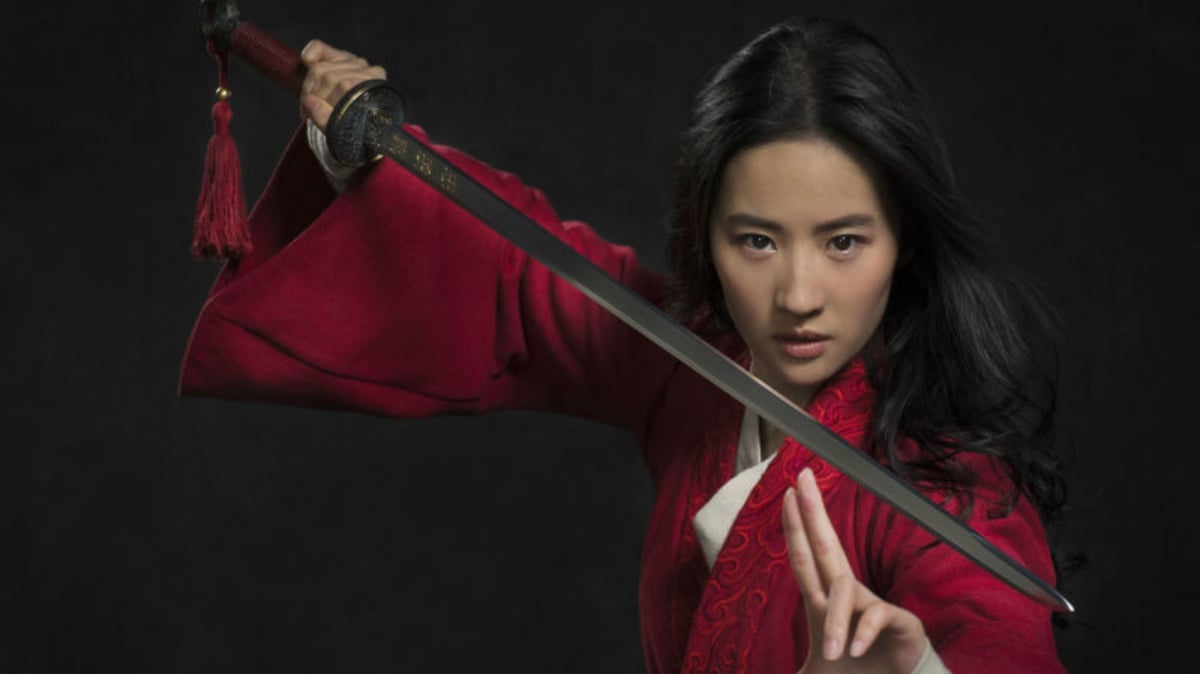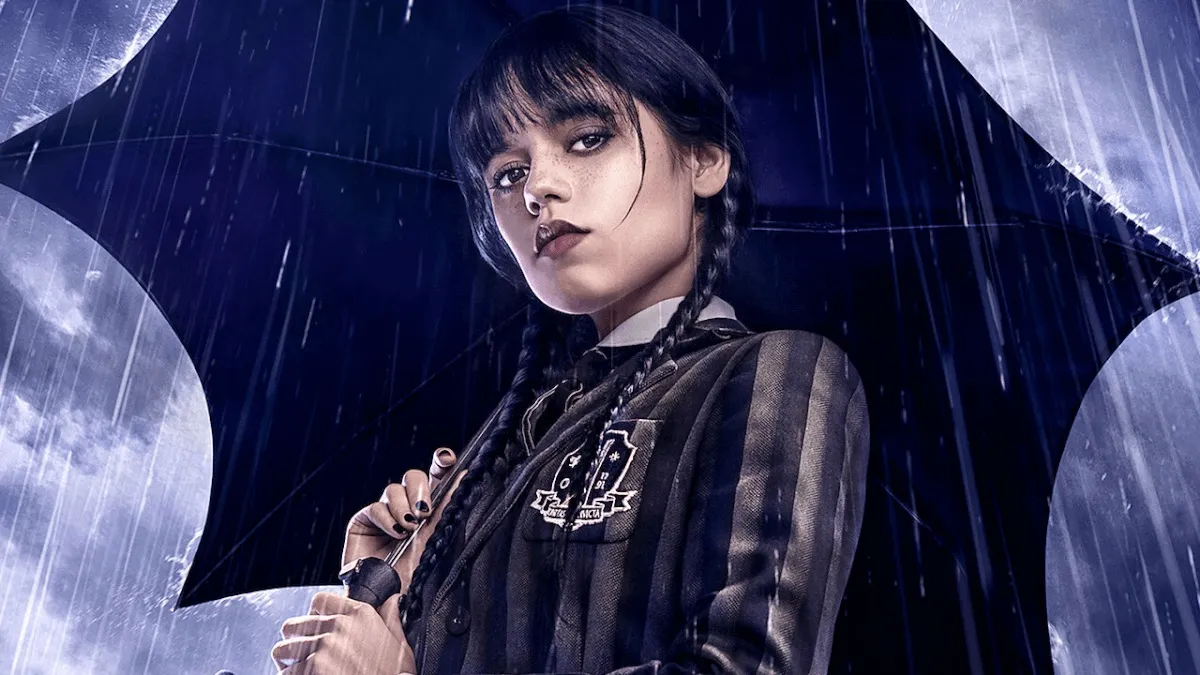In just a few days, we’ll finally be able to enjoy the new, live-action version of Mulan after months of delays. This version isn’t an adaptation of the 1998 animated film so many of us are familiar with—instead, it draws more from the original Chinese legend. Mulan is an incredibly beloved figure of Chinese culture and myth, but who was the original Hua Mulan? And was she based on someone who really lived?
Mulan is a character of legend in China. The best analogy I can come up with for us Western audiences is King Arthur. She’s a figure whose story is reinterpreted over and over, with a few essential elements remaining, and she’s more about acting as the embodiment of certain cultural ideals than recounting a real event. But that doesn’t mean there wasn’t a real person behind the legend.
The primary source for the legend of Mulan in China is The Ballad of Hua Mulan, an anonymous poem that dates to some time around the fifth or sixth century. Some theorize that the ballad was composed during the Wei dynasty when attitudes towards the place of women in Chinese society were more liberal, influence by Confuscianism, but was not written down until the subsequent Tang dynasty.
The original Ballad of Hua Mulan is short and was most likely a song. It came from a larger compendium called the Music Bureau Collection. It tells of the daughter Mulan, who is distressed that her elder father has been called up to serve in the war, and takes his place dressed as a man. But unlike in the Disney version, she isn’t discovered in disguise, instead she serves in the army for twelve years with success and armor. At the end of her service, she is offered a high position but asks just to go home, and when she does she reveals that she is female. The ballad ends with the thought that one can’t tell male and female rabbits apart as they run.
Since then, Mulan has become an incredibly important figure not just as a strong woman, but most importantly in China, as the ultimate embodiment of filial piety—the Chinese ideal of devotion to, respect, and sacrifice for one’s family and elders. It’s one of, if not the most important values of Chinese culture, so yeah. Mulan is a big deal. Her name even embodies China itself: Hua meaning “flower” and Mulan translating as “magnolia,” and the magnolia flower being a symbol of China. (That’s Mandarin; the Cantonese version is “Fa Mulan” which is the one used in the 1998 Disney film.)
Mulan has since been a huge figure in Chinese culture throughout the ages, again like King Arthur in the west. (Given that her origin might have been around the same time of any real person Arthur was based on, this a pretty apt comparison.) But unlike Europe in the Dark Ages, the Chinese had things together better and had more records of their history. And like King Arthur, her story has been adapted and built on by different artists for centuries as well.
The Ballad of Hua Mulan gained popularity when it was reproduced in Music Bureau Collection by Guo Maoqian in the 11th or 12th century. Her story was told in the 1593 play by Xu Wei, The Female Mulan or The Heroine Mulan Goes to War in Her Father’s Place. This version added more characters and drama and portrayed a Mulan who was already a skilled warrior. She is also portrayed in Romance of Sui and Tang.
Mulan has since become a figure of hope and inspiration in Chinese culture, with too many versions to count. But was she in any way real?
Well, we can’t know. There was a real war between the Northern Wei state and a Mongolian/Mongolic state called Rouran. The 5th Century in China was a time of transition so there certainly could have been women dressing as men to fight. Also, I’ll own up that the information available about Mulan in English is quite limited compared to what’s there in China. Also, to give some context here, the Terracotta Warriors of the Qin Emperor were created around 230 BC, which was also when the first construction on The Great Wall ramped up, but parts of it had already been around since 700 BCE. The parts of the Great Wall we know the best today, however, weren’t built until the Ming dynasty, starting around the 14th century. So that puts Mulan firmly in the middle of a long history.
While there’s little to no historical evidence of a real woman behind the legend of Mulan, it’s entirely possible she was real, we just don’t know. What we do know what that she wasn’t the only female warrior in Chinese history.
There was Qin Liangyu, a woman who learned martial arts at a young age, then married a military commander named Ma Qiancheng. She served beside him and led troops starting in 1599, and in 1613 when her husband died, she took over his post and became the only woman in Chinese history to hold the rank of general. She died at the age of 74 after being hurt in battle. At 74!!
There were other women who took up arms in the army or even as rebels. And then of course there’s Ching Shih, the legendary female pirate. She became the commander of 1,800 ships and 70 – 80,000 pirates! She was amazing! So was Tang Sai Er, who led a peasant uprising during the Ming Dynasty and founded a sect called the White Lotus.
Those are just a few of the real women that took up arms in Chinese history. And they did it as women and for their own reasons. But Mulan remains a powerful legend and figure not only because she fought but because she did it for her family.
So even if we don’t know who the real Mulan might have been, she’s part of a much longer and larger tradition of female warriors. How will the new version of Mulan integrate the original legend, the symbols of Mulan, and her importance to Chinese culture? I’m excited to find out. There’s so much fertile ground in the original tale and in the subsequent ones, and even without catchy songs, I’m hopeful this version will bring honor to the legend.
(image: Stephen Tilley/Disney)
Want more stories like this? Become a subscriber and support the site!
—The Mary Sue has a strict comment policy that forbids, but is not limited to, personal insults toward anyone, hate speech, and trolling.—










Published: Sep 2, 2020 12:55 pm